Home>Technology>Security & Surveillance>How To Lock A Door Handle
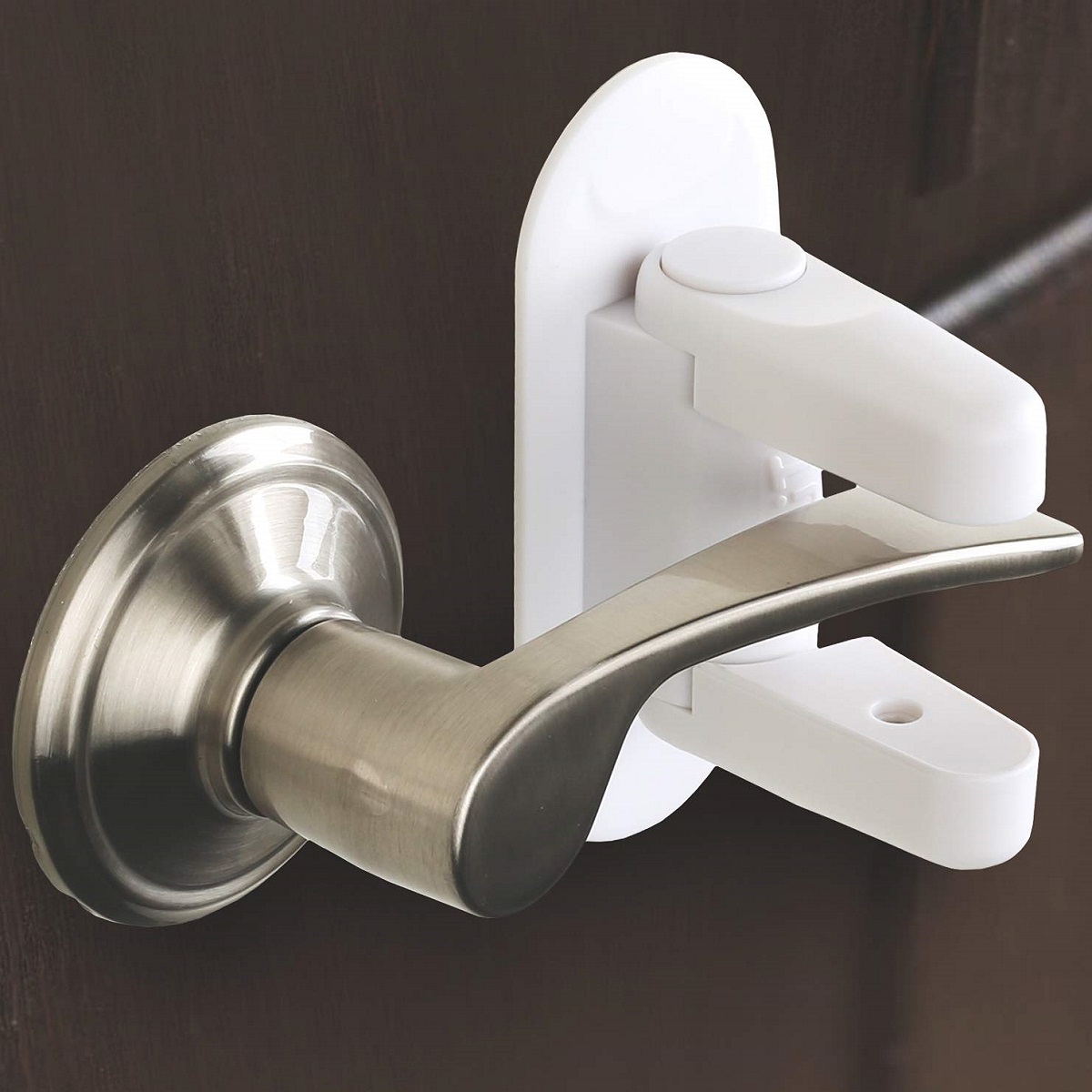

Security & Surveillance
How To Lock A Door Handle
Modified: January 5, 2024
Learn how to lock a door handle for added security and surveillance. Discover effective tips and techniques to improve home safety.
(Many of the links in this article redirect to a specific reviewed product. Your purchase of these products through affiliate links helps to generate commission for Storables.com, at no extra cost. Learn more)
Introduction
Securing your home or office starts with the basics, and one of the most fundamental aspects of security is ensuring that your door handles are properly locked. A secure door handle not only provides peace of mind but also serves as a deterrent to potential intruders. In this comprehensive guide, we will explore the different types of door handles, delve into the process of selecting the right lock, discuss the installation procedure, and highlight the importance of testing the lock to guarantee its effectiveness. By the end of this article, you will be equipped with the knowledge and confidence to secure your space effectively. Let's dive into the world of door handle security and learn how to fortify your doors against unauthorized access.
Key Takeaways:
- Choose the right lock by considering security grade, compatibility, key control, additional features, and installation ease. This ensures optimal security that aligns with your needs and door handle type.
- After installing a new lock, test its functionality thoroughly. Check operational functions, security features, alignment, durability, and key duplication control to ensure effective security against unauthorized access.
Read more: How To Fix A Door Handle Lock
Types of Door Handles
Door handles come in various styles and designs, each offering unique features and functionalities. Understanding the different types of door handles is essential when it comes to choosing the right lock for your specific needs. Here are some common types of door handles:
- Knob Handles: Knob handles are one of the most traditional and widely used types of door handles. They feature a simple, rounded knob design and are commonly found in residential properties. While they are easy to use, they may not provide the same level of security as other types of handles.
- Lever Handles: Lever handles are popular in commercial and public buildings due to their accessibility and ease of use. They feature a lever rather than a knob, making them suitable for individuals with limited hand strength or dexterity. Lever handles also offer the advantage of being operable with elbows, making them a hygienic choice for public spaces.
- Handle Sets: Handle sets typically include a handle for the exterior of the door and a knob or lever for the interior. These sets are commonly used for entrance doors and often feature a deadbolt for enhanced security.
- Multipoint Locking Handles: Multipoint locking handles are designed to secure a door at multiple points, typically using a single locking mechanism. This type of handle provides increased security by distributing the locking force along the door's edge, making it more resistant to forced entry.
Understanding the different types of door handles empowers you to make an informed decision when selecting a lock that complements the specific features and security requirements of your door. The next step in fortifying your door handle is choosing the right lock to ensure optimal security.
Choosing the Right Lock
When it comes to securing your door handle, selecting the right lock is paramount. The lock you choose should align with the type of door handle you have and provide the level of security that meets your needs. Here are some key factors to consider when choosing the right lock:
- Security Grade: Look for locks that are graded by recognized organizations such as the American National Standards Institute (ANSI) or the Builders Hardware Manufacturers Association (BHMA). These grades indicate the lock’s overall quality and security level, with Grade 1 offering the highest level of security.
- Compatibility: Ensure that the lock you choose is compatible with the type of door handle you have. For example, if you have a knob handle, you will need a lock specifically designed to fit and secure this type of handle.
- Key Control: Consider whether you require key control, which allows you to regulate who can duplicate keys for the lock. This feature is crucial for maintaining control over access to your property.
- Additional Features: Explore locks with additional features such as keyless entry, smart connectivity, or built-in alarms for added convenience and security.
- Installation Considerations: Take into account the ease of installation and any modifications that may be required to fit the lock onto your door handle. Some locks may require professional installation, while others are designed for simple do-it-yourself setup.
By carefully considering these factors, you can narrow down your options and choose a lock that not only complements your door handle but also provides the level of security and convenience that aligns with your requirements. Once you have selected the right lock, the next step is to proceed with the installation process to ensure that your door handle is effectively secured.
Make sure the door handle is in the locked position before you close the door. If the handle has a keyhole, use a key to lock it. If it has a push button, press it in to lock the handle. Always double check that the door is securely locked before leaving.
Installing the Lock
Installing a lock on your door handle is a crucial step in fortifying the security of your space. While the specific installation process may vary depending on the type of lock and door handle you have, the following general guidelines can help you navigate the installation procedure:
- Gather the Necessary Tools: Before you begin, ensure that you have the required tools on hand, such as a screwdriver, measuring tape, and any additional hardware that may be included with the lock.
- Read the Instructions: Carefully review the manufacturer’s instructions that accompany the lock. These instructions provide essential guidance on the installation process and any specific steps or considerations that apply to the particular lock model.
- Prepare the Door: If necessary, prepare the door by removing any existing hardware and ensuring that the surface is clean and free of debris. Some locks may require drilling or making cutouts in the door, so it’s essential to follow the provided instructions for these steps.
- Fit the Lock: Place the lock onto the door handle according to the manufacturer’s guidelines, ensuring that it aligns properly and securely with the handle and door surface. Use the provided fasteners to secure the lock in place.
- Test the Mechanism: Once the lock is installed, test the locking mechanism to ensure that it operates smoothly and securely. Check that the key (if applicable) turns the lock without resistance and that the latch or bolt extends and retracts as intended.
- Adjust and Fine-Tune: Make any necessary adjustments to ensure that the lock functions optimally. This may involve fine-tuning the alignment of the components or adjusting the tightness of the fasteners to achieve the desired fit and operation.
It’s important to approach the installation process with patience and attention to detail, ensuring that the lock is installed correctly to maximize its effectiveness. If you encounter any challenges or uncertainties during the installation, don’t hesitate to seek professional assistance to ensure that the lock is installed securely and in accordance with the manufacturer’s specifications.
Testing the Lock
After installing a new lock on your door handle, it’s crucial to thoroughly test its functionality to verify that it provides the intended level of security and operates as expected. Testing the lock involves a series of checks and assessments to ensure that it effectively secures the door and provides peace of mind. Here are the key steps to follow when testing the lock:
- Operational Testing: Begin by testing the lock’s basic operational functions. Insert the key (if applicable) and ensure that it turns smoothly, engaging the locking mechanism without any resistance or difficulty. If the lock features a thumb turn or other manual locking mechanism, test its operation to confirm that it securely locks and unlocks the door.
- Security Assessment: Evaluate the lock’s security features by attempting to manipulate or bypass the locking mechanism. Check for any signs of vulnerability or weaknesses in the lock’s design or construction. This assessment helps identify any potential security concerns that may need to be addressed.
- Alignment and Fit: Verify that the lock aligns properly with the door frame and strike plate, ensuring that the bolt or latch extends fully and securely into the strike plate when the door is closed and locked. Any misalignment or gaps should be addressed to prevent unauthorized entry.
- Durability and Resilience: Test the lock’s durability by applying gentle pressure to the door and handle to simulate potential forced entry attempts. The lock should withstand this pressure without compromising its integrity or allowing the door to open. This test helps assess the lock’s resilience under external forces.
- Key Duplication Control: If the lock features key control capabilities, consider implementing measures to regulate key duplication and ensure that unauthorized copies cannot be easily obtained. This step is crucial for maintaining control over access to your property.
By conducting a comprehensive testing process, you can gain confidence in the effectiveness of the installed lock and address any potential issues or concerns before relying on it for security. If any deficiencies or vulnerabilities are identified during testing, it’s essential to rectify them promptly to maximize the security provided by the lock.
Read more: How To Replace A Door Handle With Lock
Conclusion
Securing your door handle with the right lock is a fundamental aspect of safeguarding your home or office. By understanding the various types of door handles, selecting the appropriate lock, and ensuring its proper installation and testing, you can fortify your space against unauthorized access and enhance overall security. As you embark on this journey to bolster the security of your doors, it’s essential to prioritize not only the functionality and effectiveness of the lock but also the convenience and peace of mind it offers.
Choosing a lock that aligns with the specific features of your door handle and meets your security requirements is a crucial decision. Whether you opt for a traditional key-operated lock, a keyless entry system, or a smart lock with advanced connectivity, the selected lock should provide the level of security and convenience that aligns with your lifestyle and preferences.
Furthermore, the installation of the lock should be approached with care and precision, ensuring that it is securely fitted to the door handle and operates seamlessly. Thoroughly testing the lock after installation allows you to verify its functionality, security, and resilience, providing assurance that your door is effectively safeguarded against potential threats.
By following the guidelines outlined in this comprehensive guide, you are empowered to make informed decisions when it comes to securing your door handle with the right lock. Your proactive approach to door handle security not only enhances the protection of your property and belongings but also contributes to creating a safe and secure environment for you and your loved ones. With a well-chosen and properly installed lock, you can enjoy the peace of mind that comes with knowing that your doors are fortified against unauthorized entry.
Remember, the security of your space begins with the basics, and by securing your door handle with the right lock, you lay a solid foundation for a safe and protected environment.
Frequently Asked Questions about How To Lock A Door Handle
Was this page helpful?
At Storables.com, we guarantee accurate and reliable information. Our content, validated by Expert Board Contributors, is crafted following stringent Editorial Policies. We're committed to providing you with well-researched, expert-backed insights for all your informational needs.
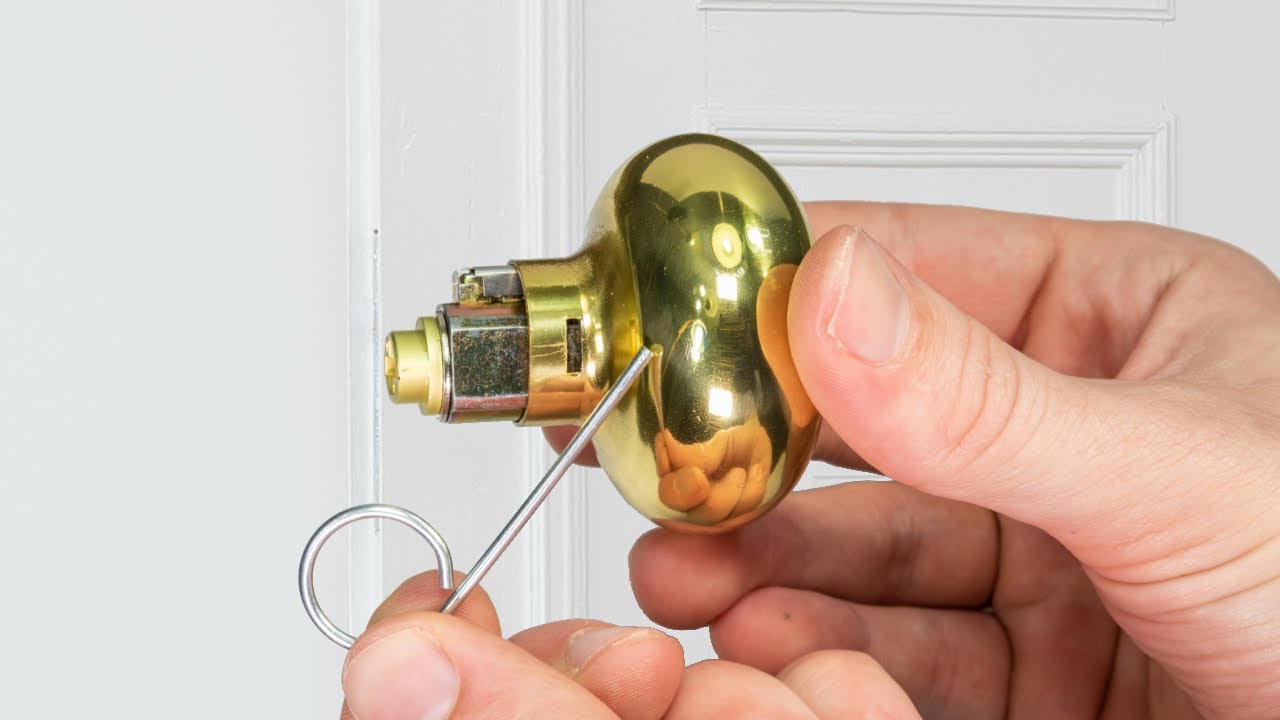
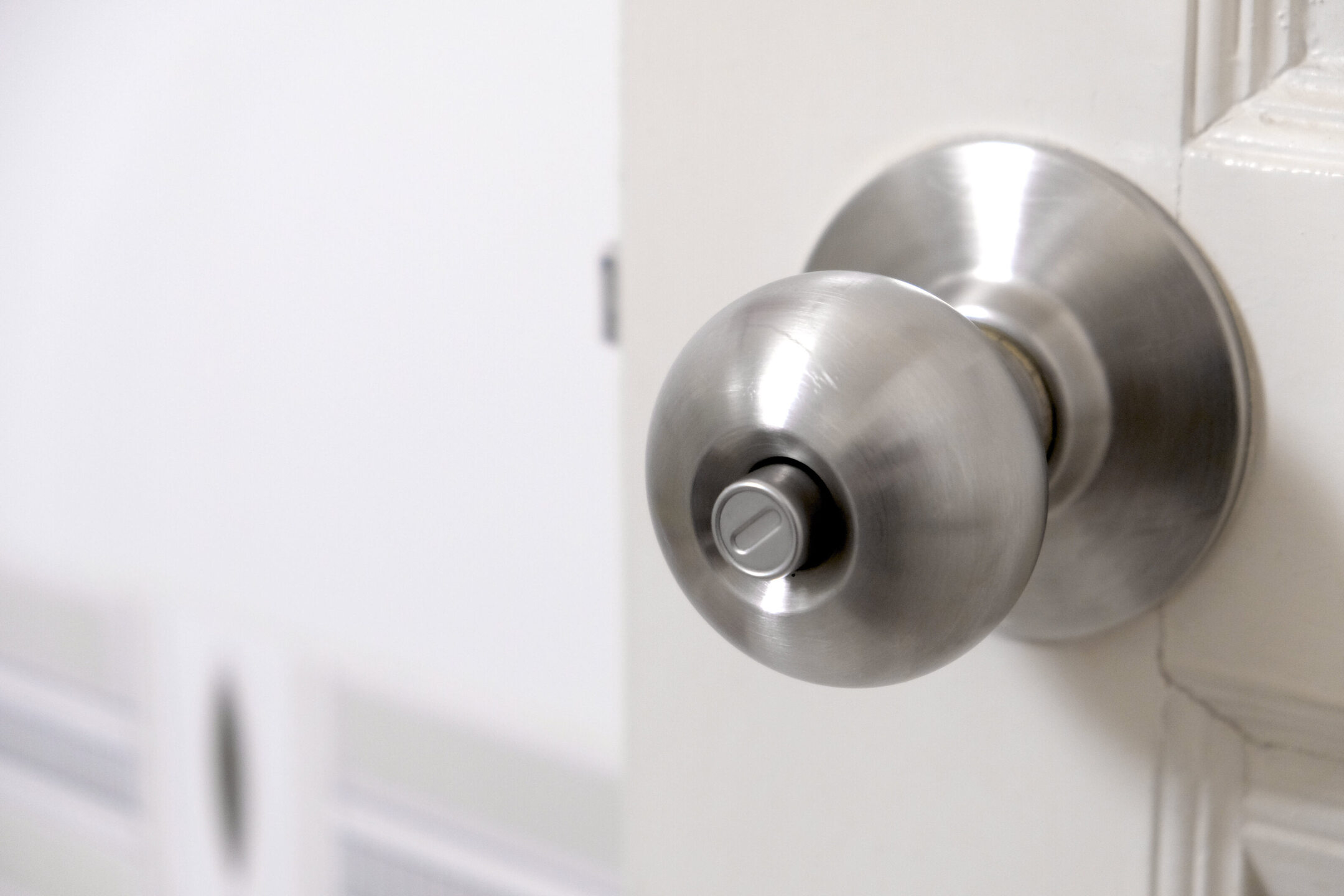
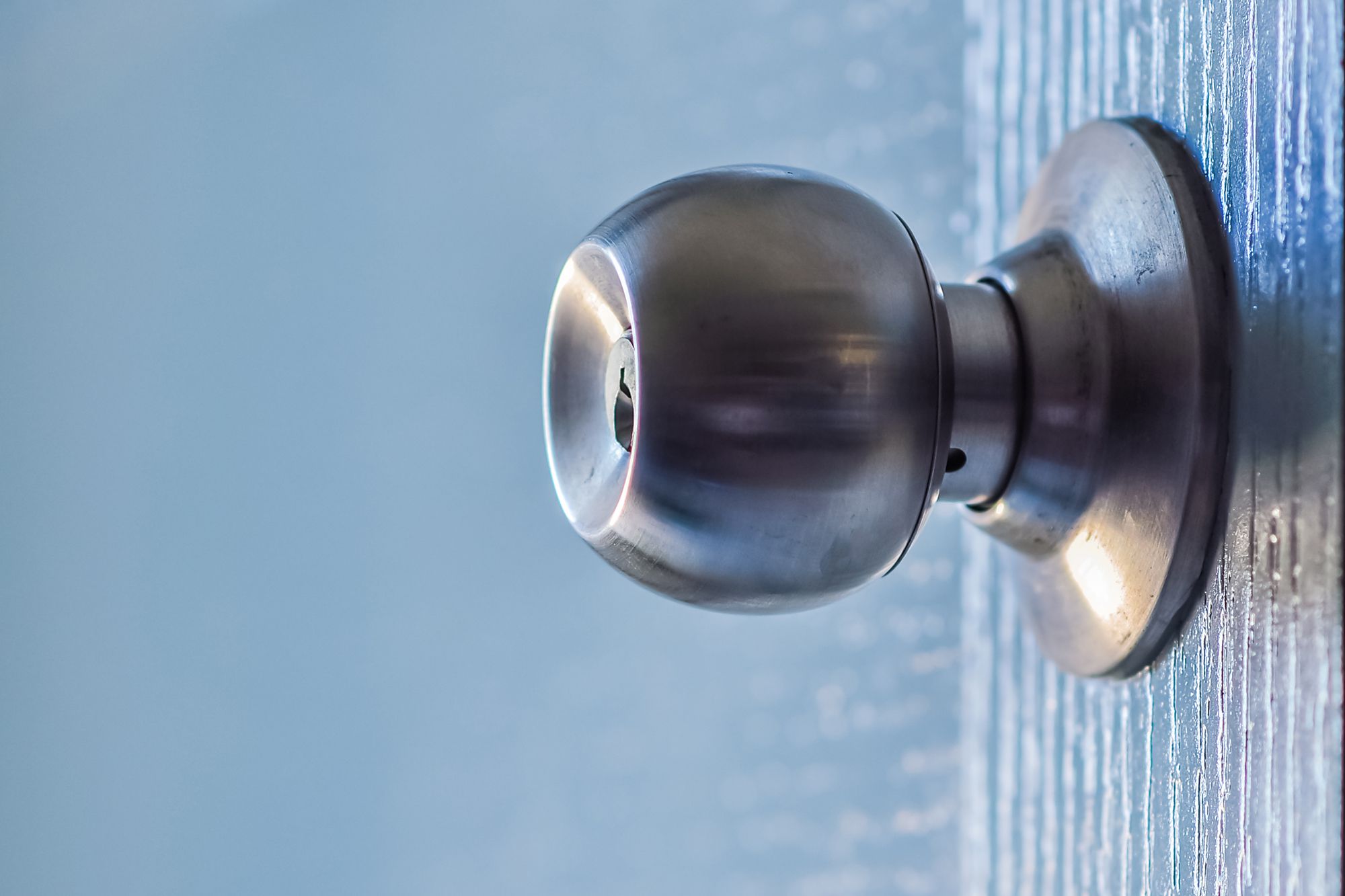
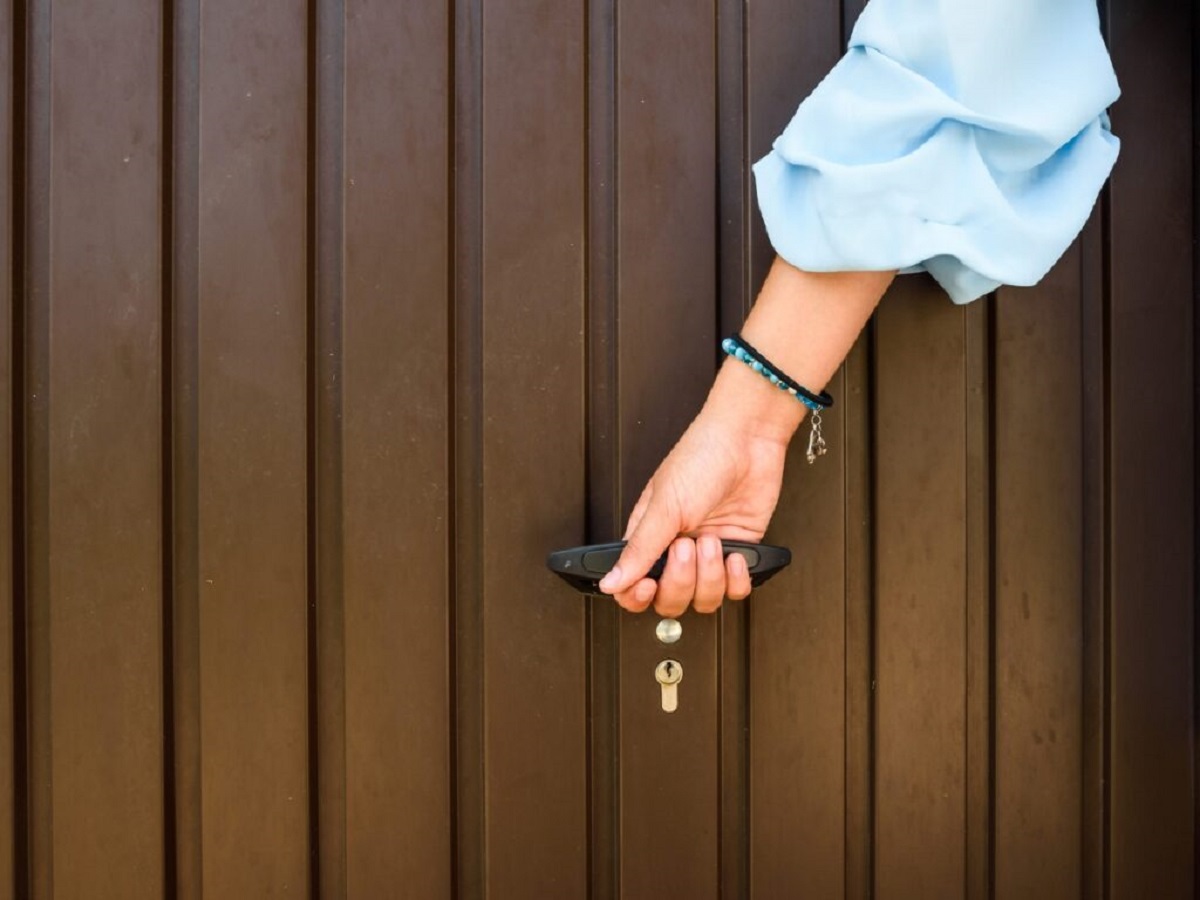
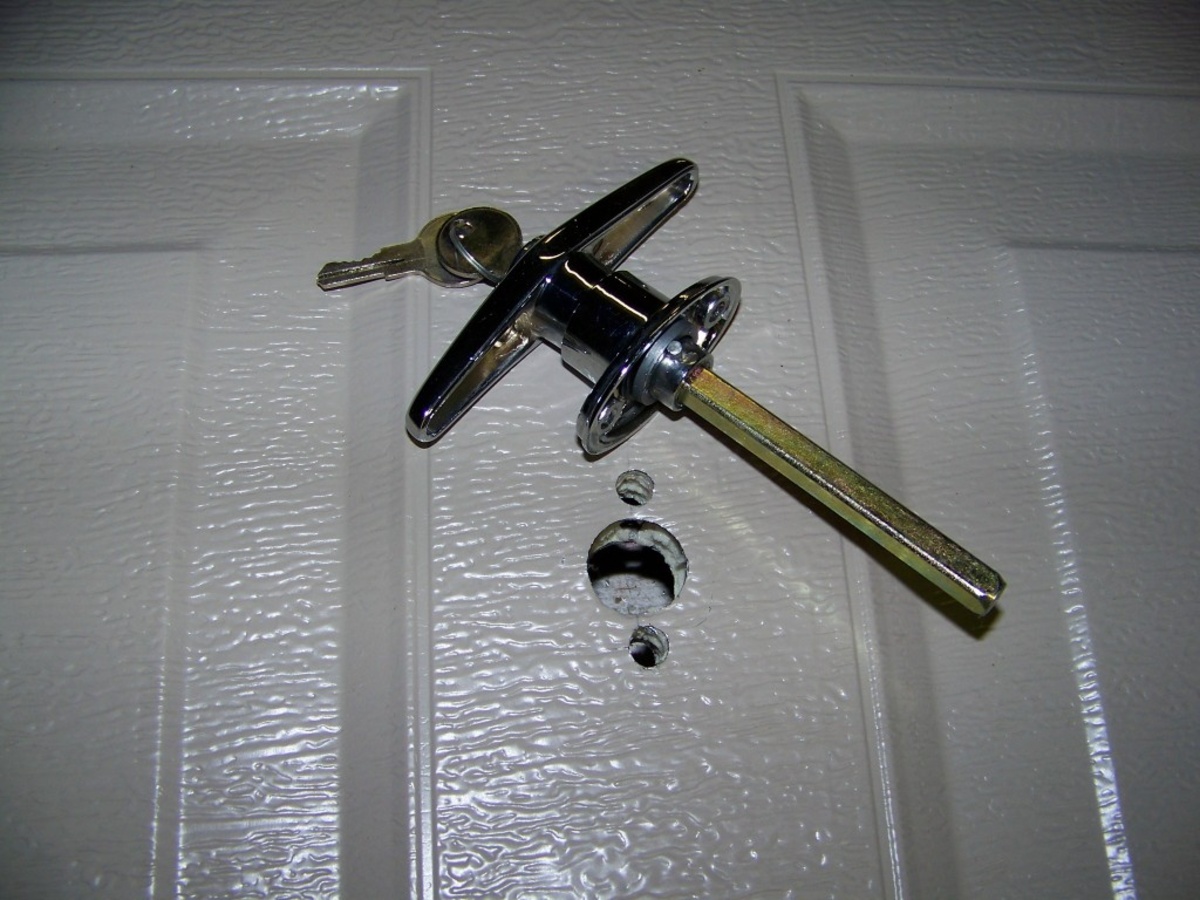
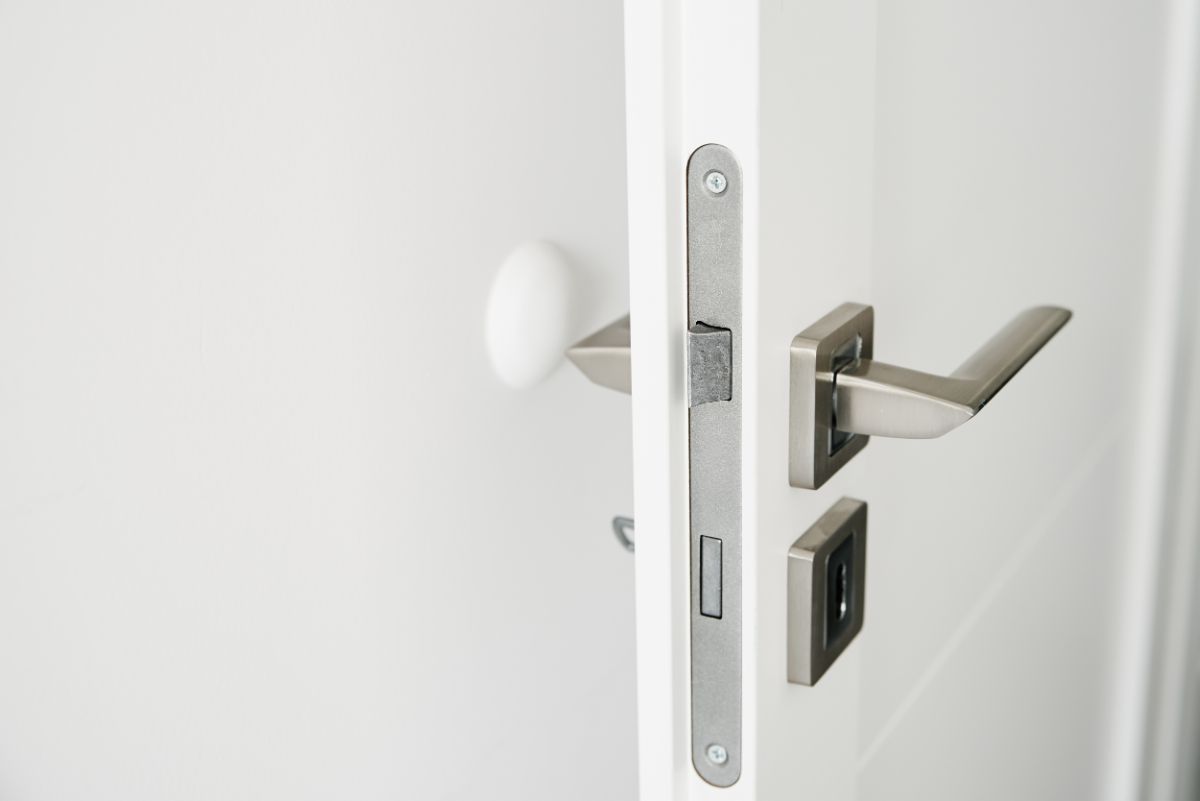

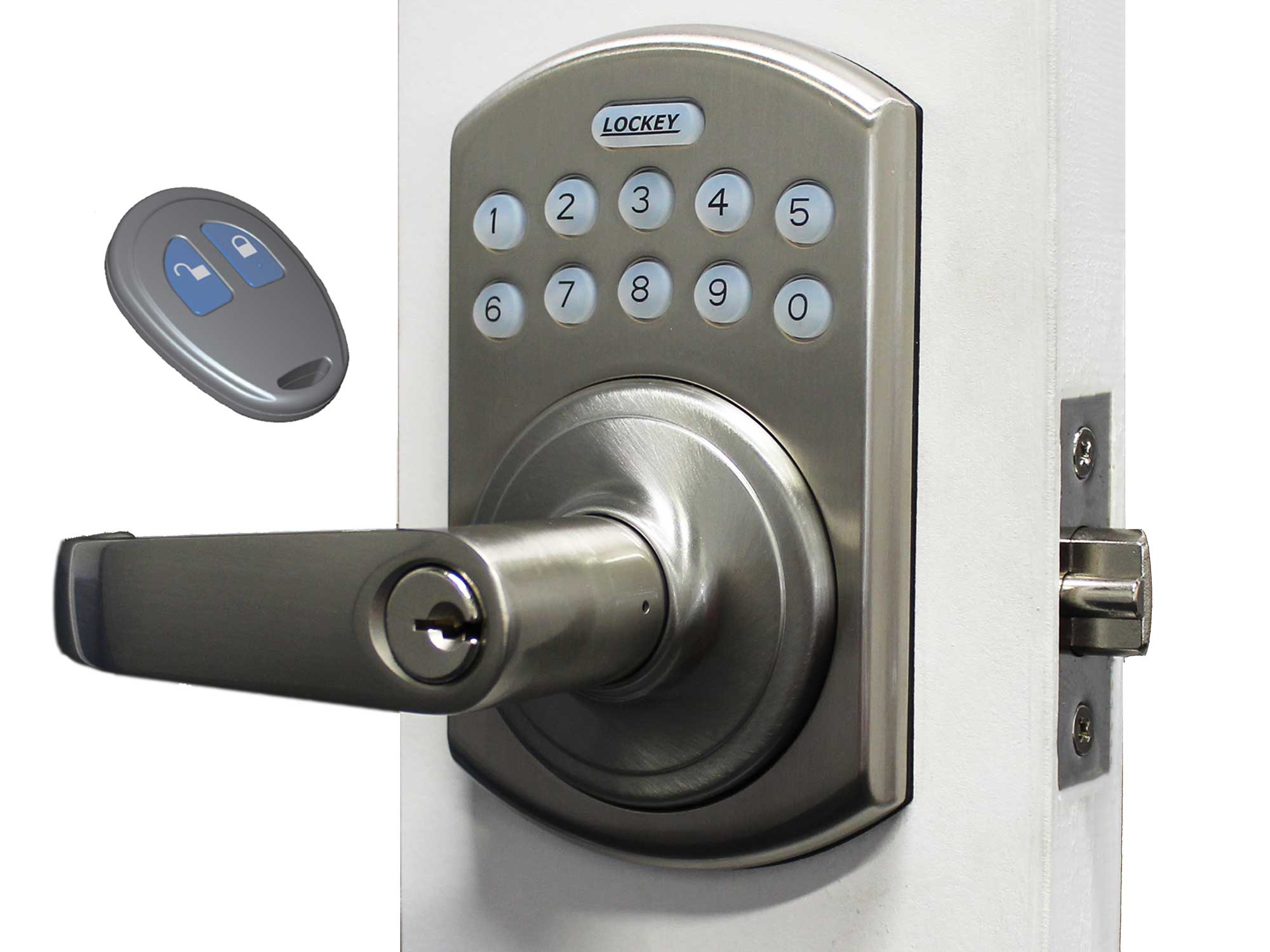
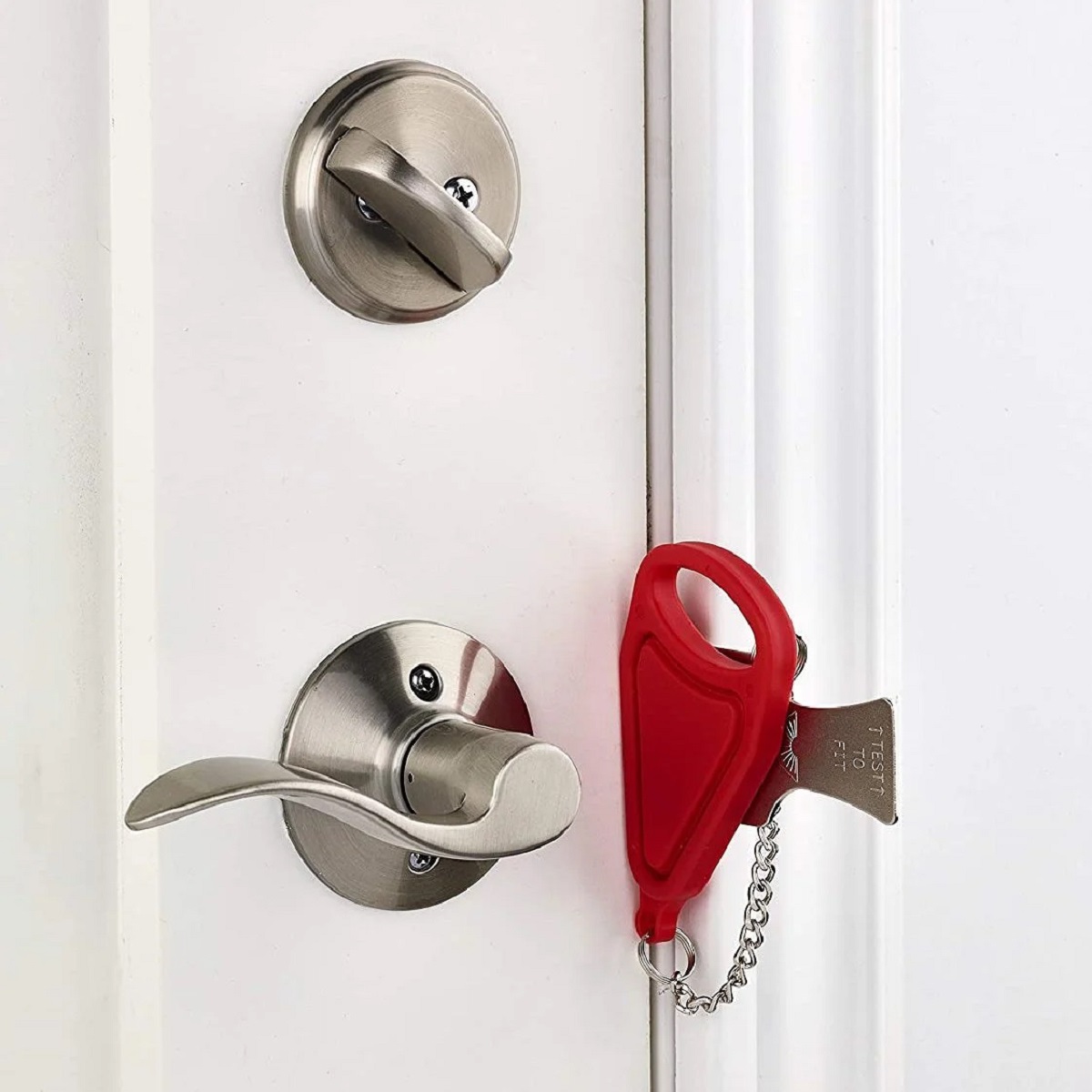
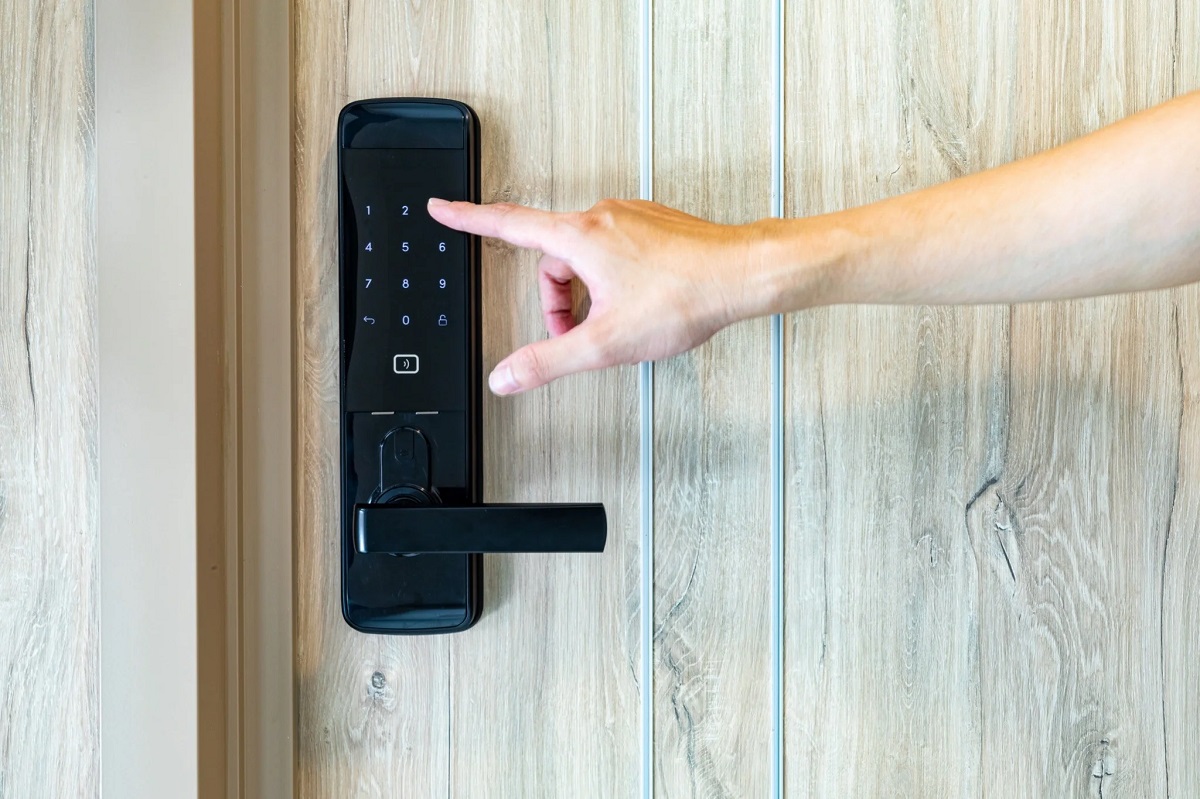
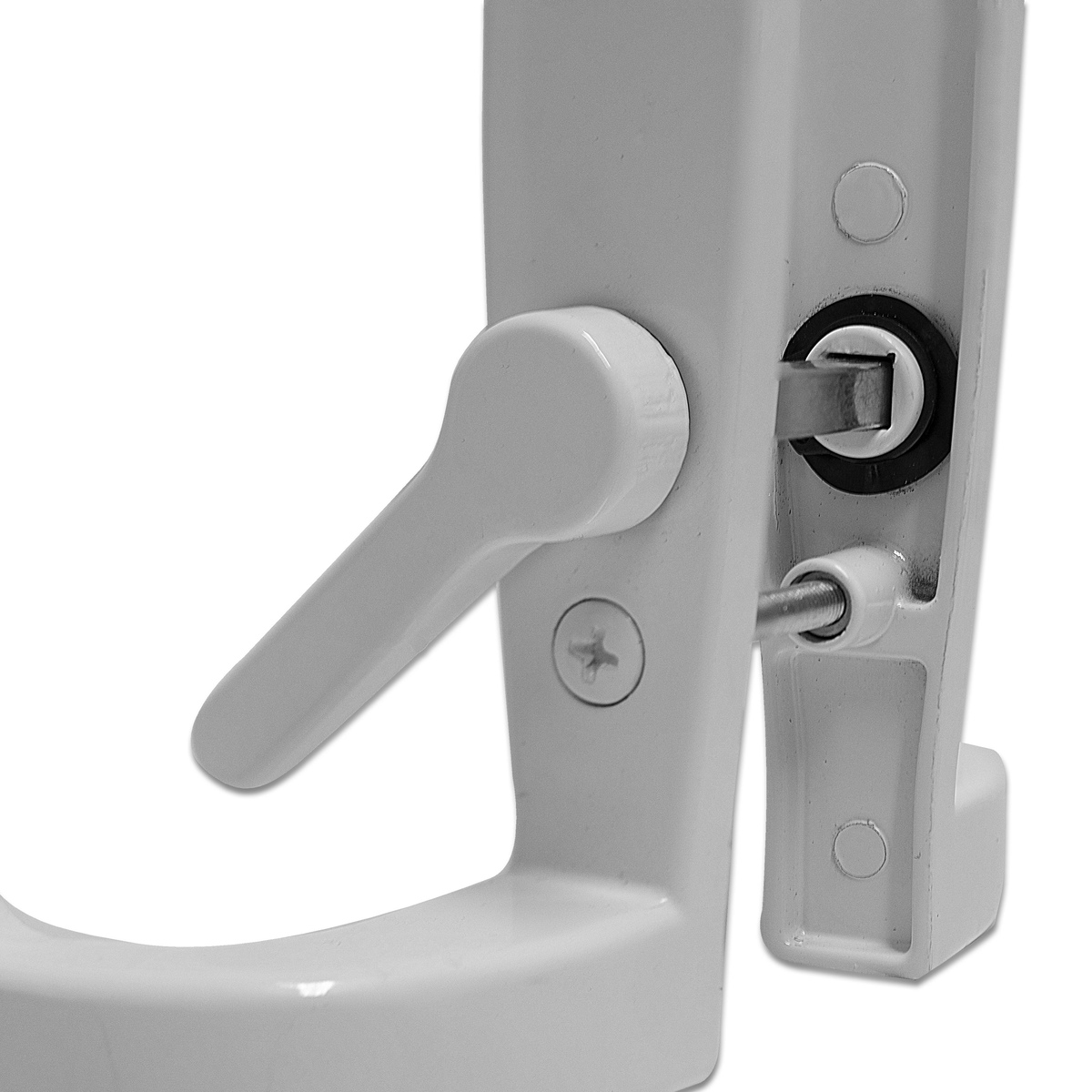
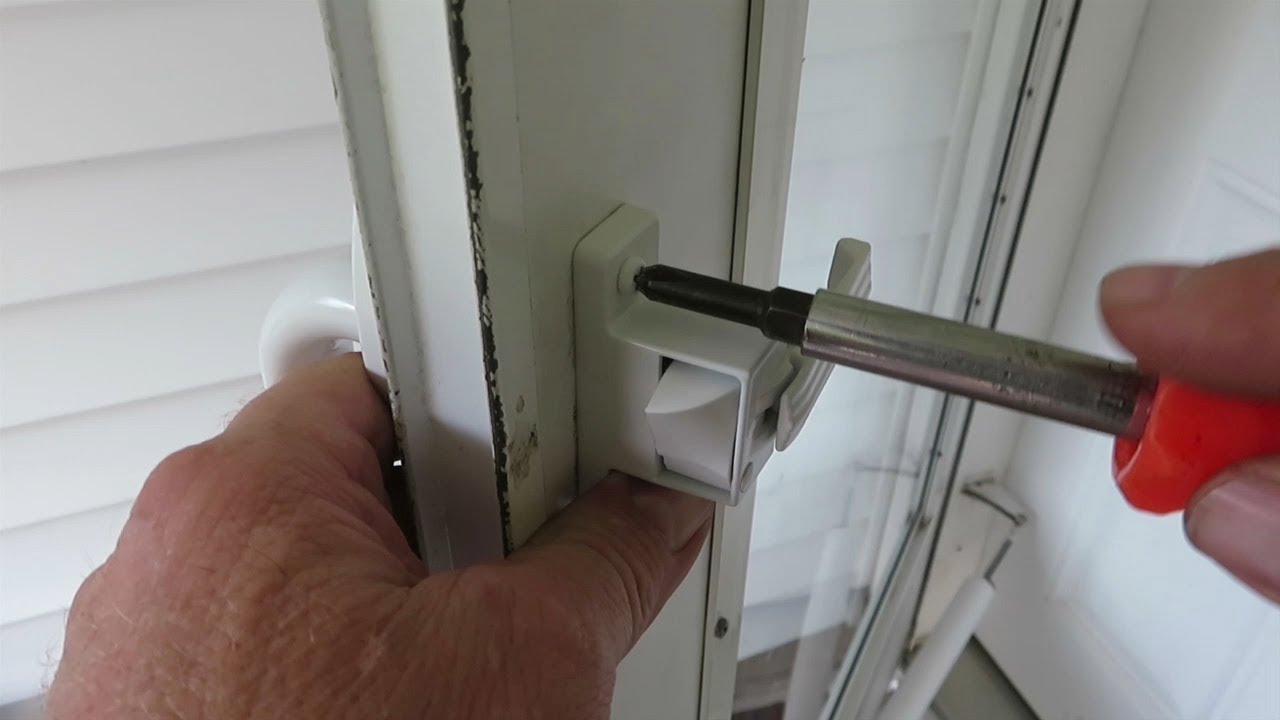
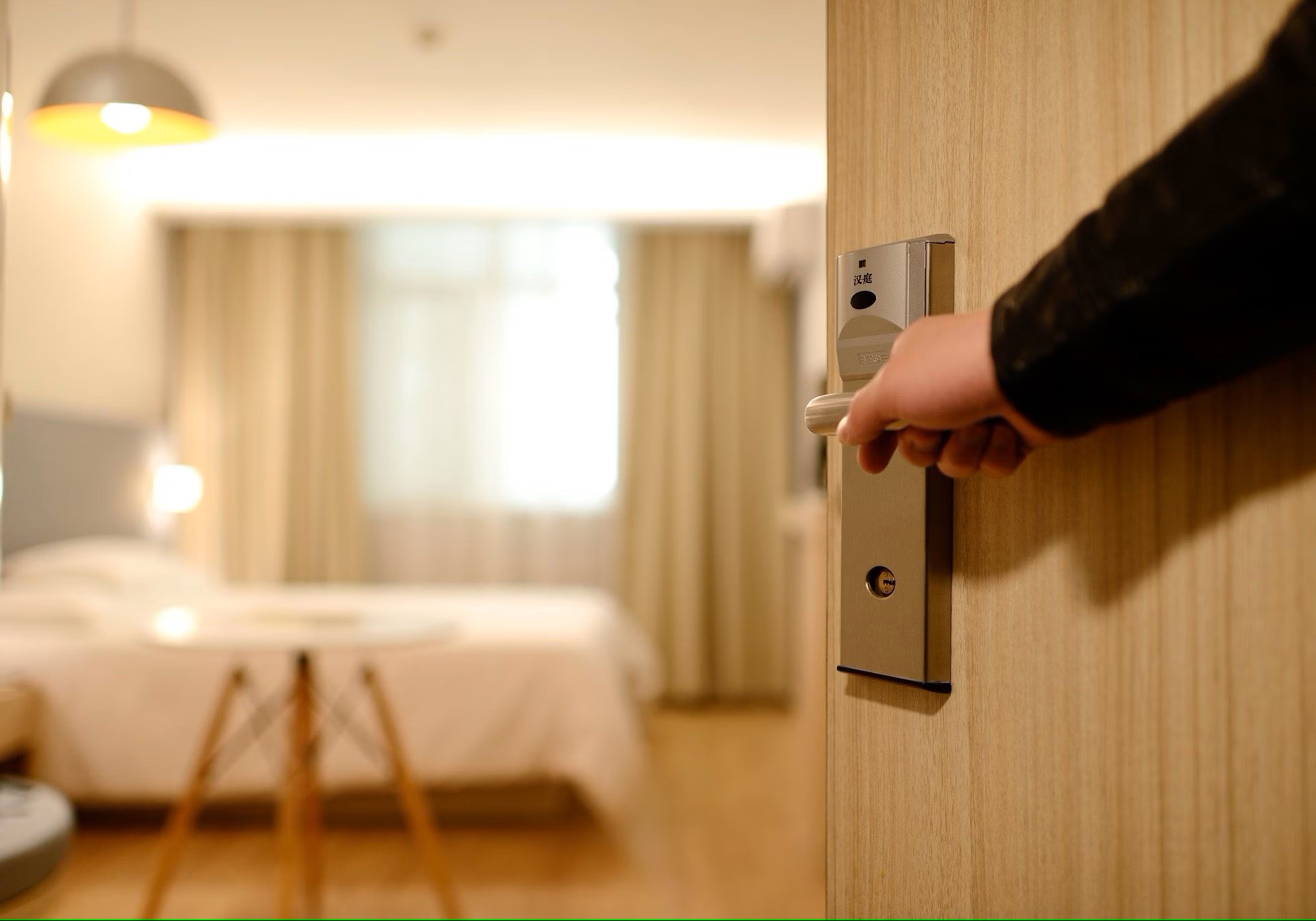
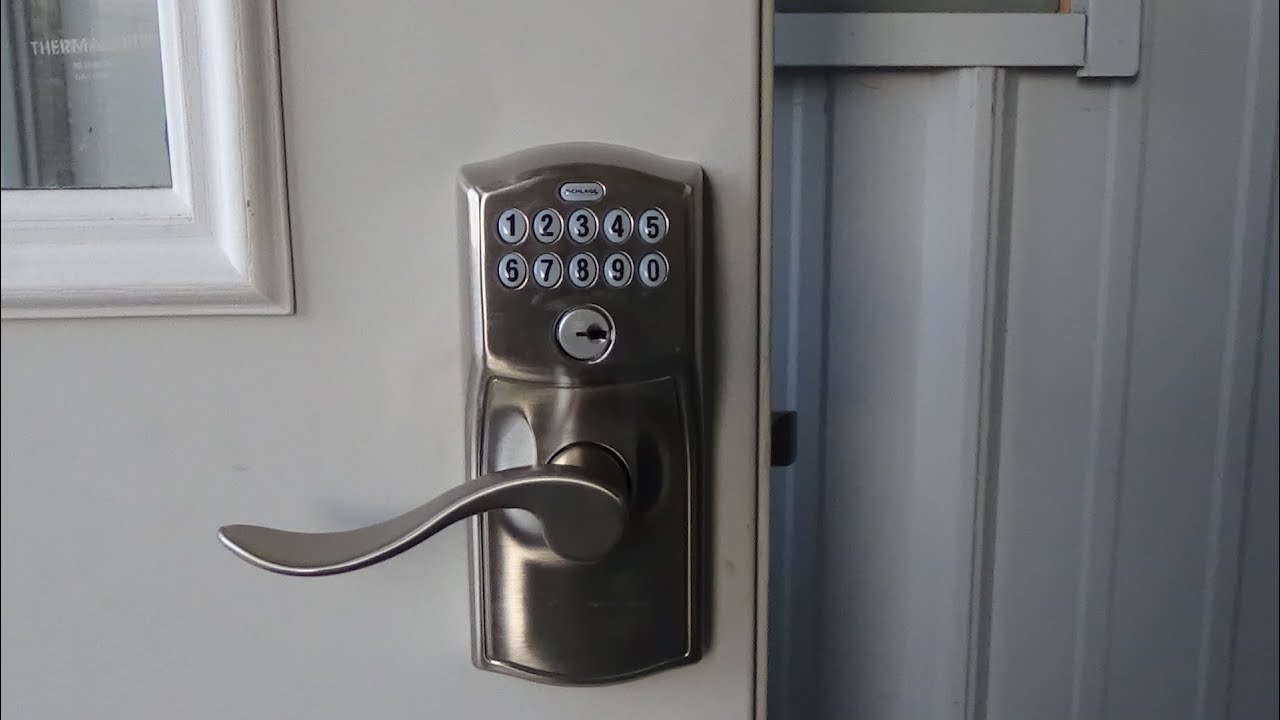

0 thoughts on “How To Lock A Door Handle”